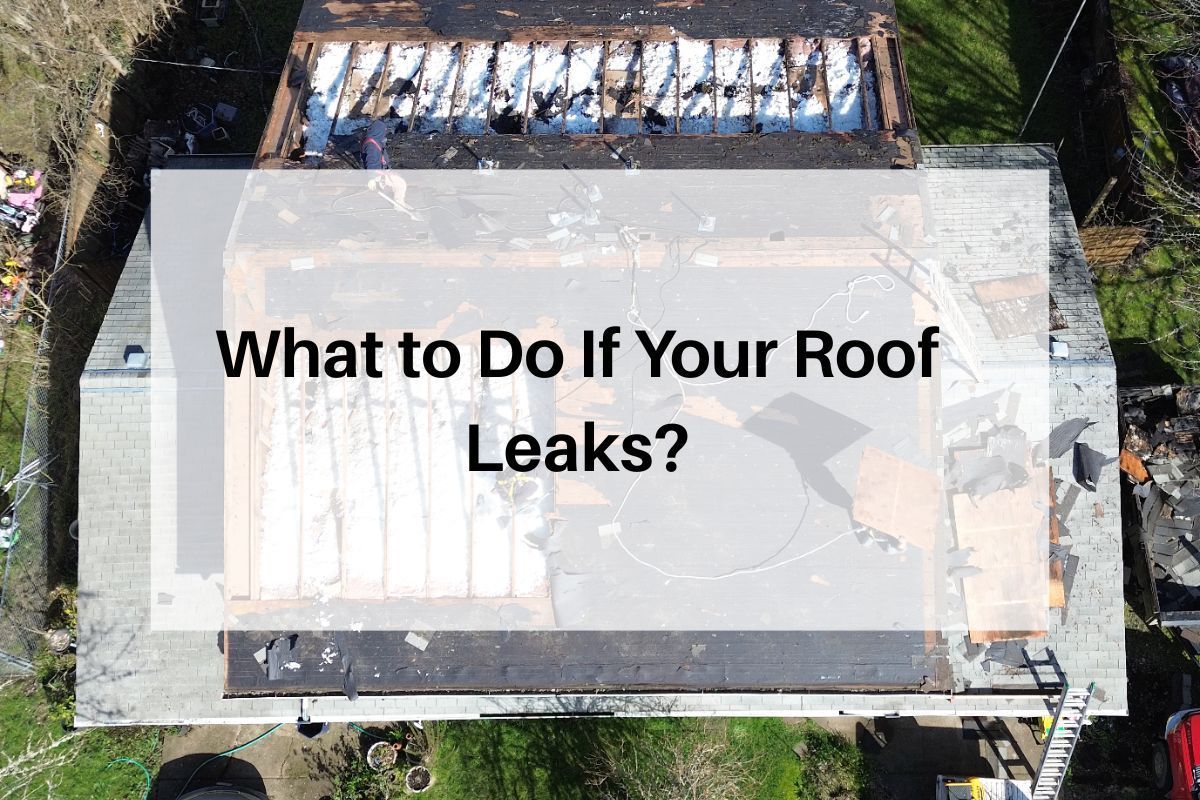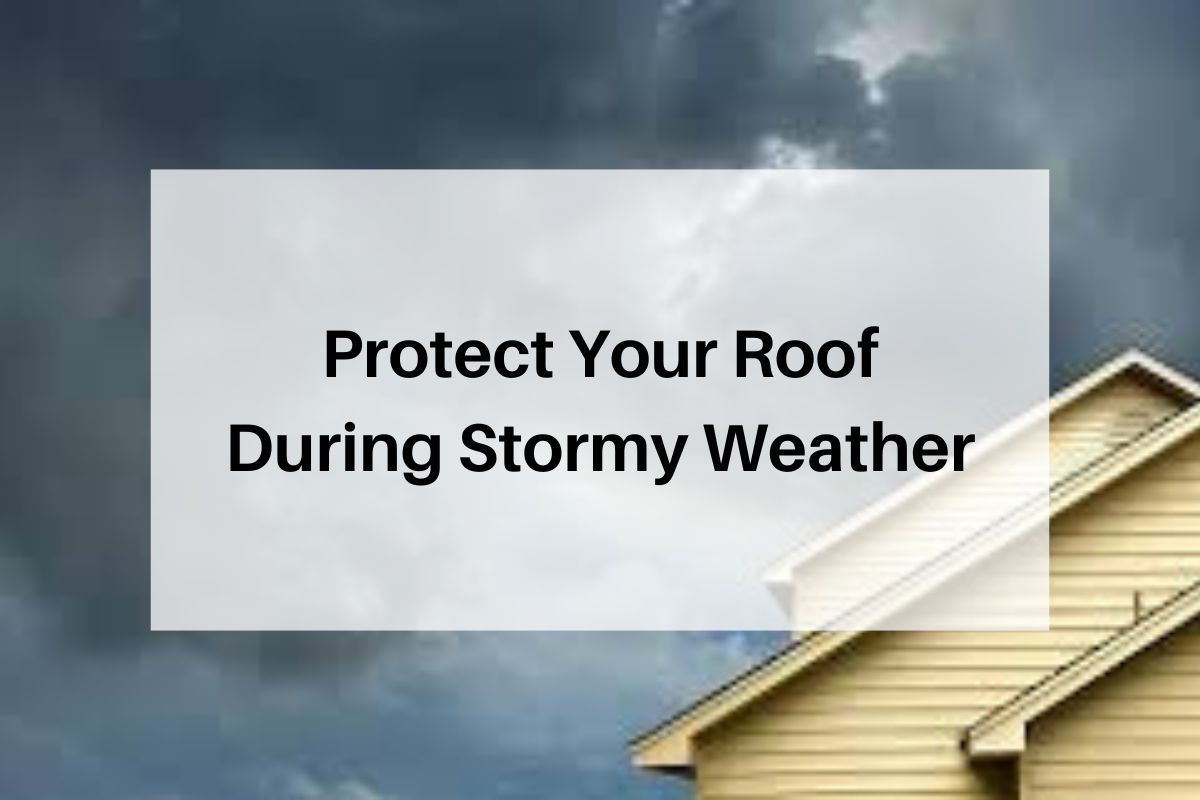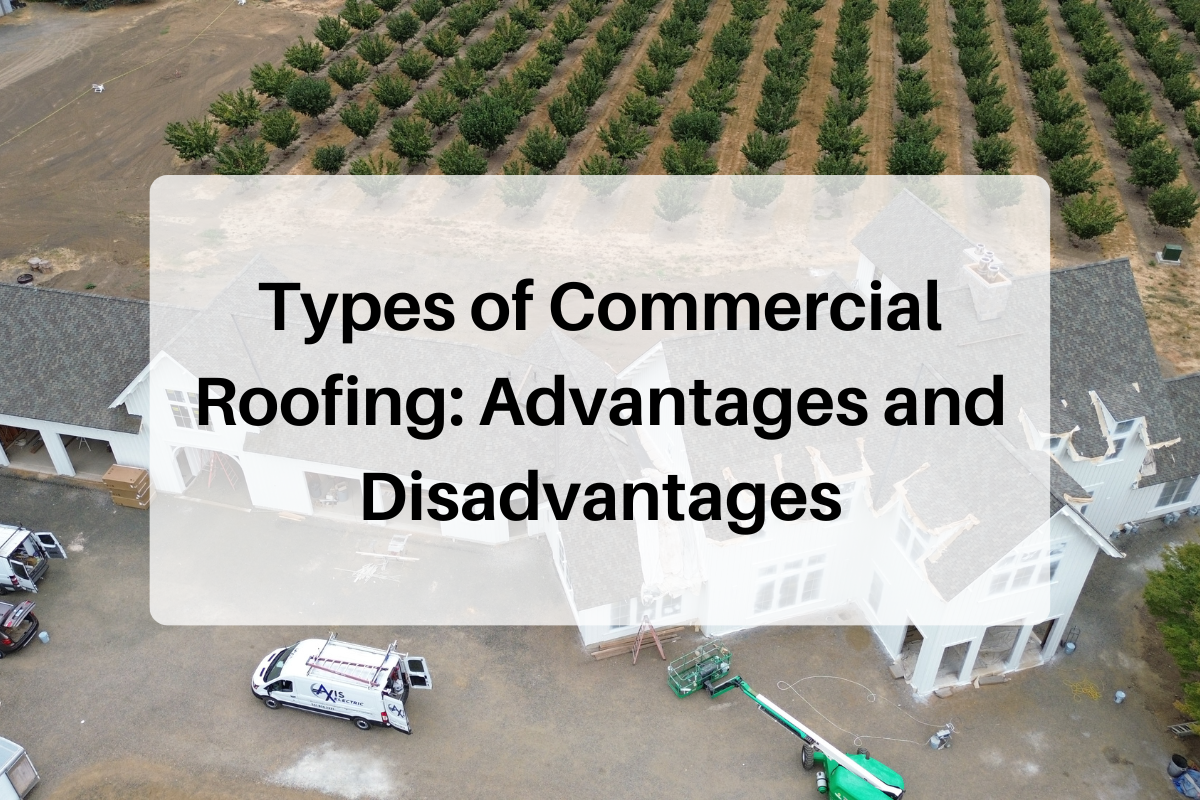What to Do If Your Roof Leaks?
Finding a roof leak can be a stressful experience. If not addressed promptly, it can lead to significant damage beyond the immediate issue. Knowing how to respond when your roof leaks can help prevent further damage and streamline the repair process. Here's a guide to managing roof leaks effectively.

Determine the Leak's Origin
The first step is identifying the source of the leak. This may not always be straightforward, as water can travel along beams and rafters before becoming visible. Check your attic or the area directly below the leak for signs such as mold, wet insulation, or water stains. Mark the suspected source to address it more effectively later.
Hold the Leak in Check
Once you've located the leak, focus on containing it to minimize further damage. Place a bucket or container under the leak to collect dripping water. Use towels or a mop to keep the surrounding area dry.
If you can safely access the leak's origin, temporarily cover it with a tarp or plastic sheeting to prevent additional water from entering. Secure the tarp with tape or weights to keep it in place.
Evaluate the Damage
While managing the leak, assess the extent of the damage. Look for structural issues, mold growth, or damaged insulation. Documenting the damage helps ensure all necessary repairs are addressed and aids communication with your roofing contractor.
Speak with a Roofing Contractor
For most roof leaks, consulting a professional roofing contractor is essential. Contractors have the expertise and tools to assess the damage and carry out necessary repairs accurately. Provide them with detailed information about the leak, including any interim measures you've taken.
Choose a licensed, insured contractor with a solid reputation. Check online reviews, request multiple quotes, and contact references to ensure you hire a trustworthy professional.
Plan for Routine Roof Maintenance and Repairs
Work with your contractor to schedule the necessary repairs. They will address the source of the leak, replace damaged materials, and ensure the issue is resolved. A contractor may also perform a general inspection to identify additional areas needing attention.
Regular maintenance can prolong your roof's lifespan and prevent future leaks. Discuss a maintenance plan with your contractor that includes regular inspections, cleanings, and minor repairs to catch potential problems early.
Keep an Eye on the Repair
Once repairs are complete, monitor the area to ensure the leak is fully resolved. During subsequent rain, check the repaired section for any signs of continued issues. If problems persist, contact your contractor immediately for further assistance.
Handling Insurance Claims
If the leak has caused significant damage, you may need to file an insurance claim. Document the damage with photos and keep records of repair costs. Contact your insurance provider to report the claim and submit the required paperwork. An adjuster will assess the damage and determine coverage for repairs.
Prevent Future Leaks
Preventative measures can reduce the likelihood of future roof leaks:
- Schedule regular roof inspections with a roofing contractor to identify and address potential issues.
- Keep gutters and downspouts clear of debris to ensure proper water drainage.
- Promptly address any minor roof damage to prevent it from worsening.
Conclusion
Addressing a roof leak requires a proactive approach to minimize damage and ensure effective repairs. Start by locating and containing the leak, then consult a trusted roofing contractor for professional maintenance and repairs.
Routine maintenance can keep your roof in excellent condition and prevent future leaks. Remember, a well-maintained roof is essential for your home's safety and comfort. If you discover a leak, take immediate action and contact a professional roofing contractor for assistance.
FAQs
What should I do first if I notice a roof leak?
The first step is to minimize water damage. Place a bucket or container under the leak to catch dripping water. Move any valuables and furniture away from the affected area to prevent further damage.
How can I temporarily stop the leak until a professional arrives?
Use a tarp or heavy-duty plastic sheeting to cover the leaky area on your roof. Secure it with roofing nails or bricks to keep it in place. This will help reduce the amount of water entering your home until a professional can fix the issue.











Share On: